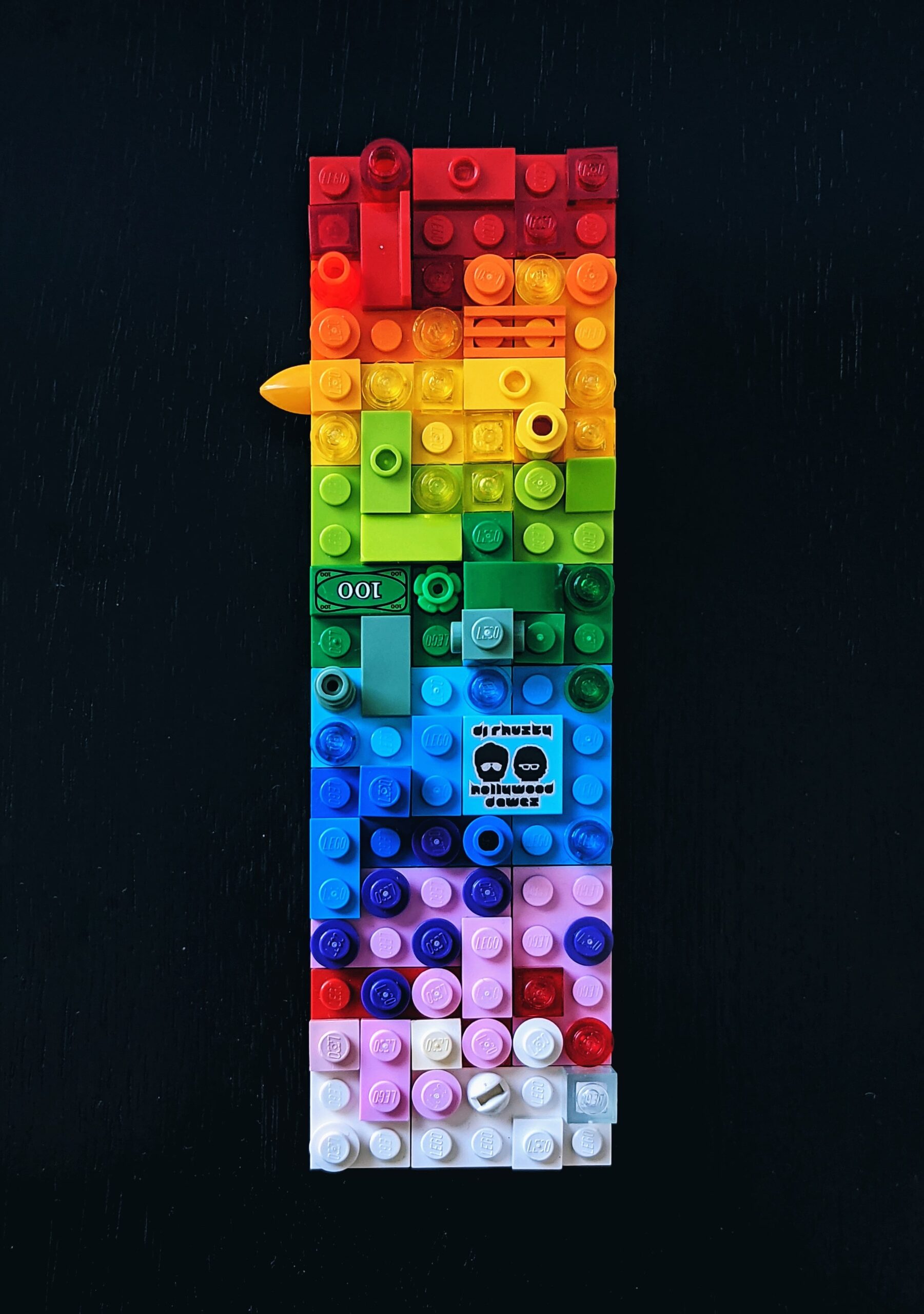What are Story Grammar Elements?
Story grammar elements are the basic components that make up a narrative or story. They can include “characters”, “setting” (“time” and “place”), “problem”, “action”, “resolution” and “ending”.
How can Story Grammar Elements Improve Reading Comprehension?
Understanding the elements of story grammar can improve reading comprehension because it helps readers to better understand the overall structure and meaning of a text.
By identifying the characters and their roles in the story, readers can gain a better understanding of their motivations and actions. The setting can provide important context for the story, such as the time period and location, which can help readers to better understand the characters’ experiences and perspectives.
Understanding the plot, including the problem, actions, resolution and ending can help readers to identify the central theme or message of the story. This can deepen their understanding of the story’s purpose and meaning.
Overall, understanding story grammar elements helps readers to make connections between different parts of the text, which can enhance their comprehension and enjoyment of the story. Additionally, it can help readers to analyze and interpret the story, which is a valuable skill for academic and personal development.
How can we use Story Grammar Elements to teach Reading Comprehension?
Story grammar elements can be used as a framework for teaching reading comprehension in a variety of ways. Here are a few ideas:
- Pre-reading activities: Before reading a story, introduce students to the story grammar elements by discussing the characters, setting, and plot. This can help students to activate their prior knowledge and make predictions about the story.
- Graphic organizers: Provide students with graphic organizers that outline the story grammar elements, such as a story map or plot diagram. This can help students to organize their thoughts and make connections between different parts of the story.
- Summarizing: After reading a story, have students summarize the story by identifying the characters, setting, plot. This can help them to identify the most important parts of the story and reinforce their understanding of the story grammar elements.
- Writing activities: Have students practice using the story grammar elements by writing their own stories. Encourage them to create well-developed characters, settings, and plots, and to include a clear theme or message in their stories.
Conclusion
By using story grammar elements to teach reading comprehension, students can develop a deeper understanding of the stories they read and improve their literacy skills.
